By SHIVALI BEST, SCIENCE & TECHNOLOGY EDITOR
Published: | Updated:
From smartphones to earphones, Apple is known for its vast range of products.
But if you still use this popular device, it might be time for an upgrade.
Apple has officially added the Apple Watch Series 1 to its ‘obsolete’ list.
Despite its name, the Apple Watch Series 1 isn’t actually the original Apple Watch.
Instead, it was released in 2016 as a second-generation model, with a slightly modified chip inside.
Worryingly, its new classification as ‘obsolete’ means that users will be left without any support if something goes wrong.
‘Products are considered obsolete when Apple stopped distributing them for sale more than 7 years ago,’ Apple explains on its support page.
‘Apple discontinues all hardware service for obsolete products, and service providers cannot order parts for obsolete products.’
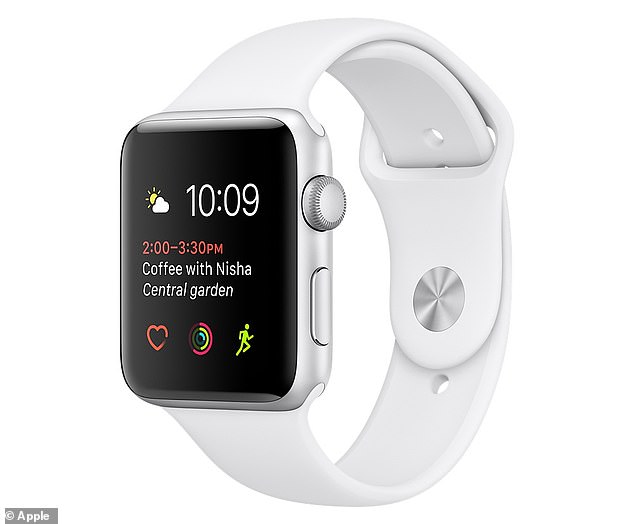
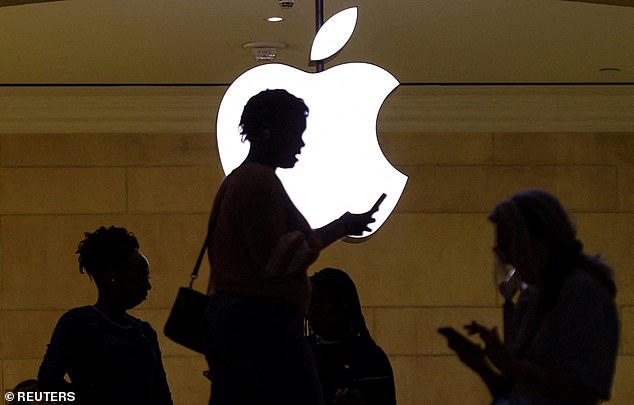
While Apple claims its products are ‘designed to be long-lasting’, it gradually begins removing support five years after they launch.
Products are considered ‘vintage’ when Apple stopped distributing them more than five and less than seven years ago.
Devices are then dropped to the ‘obsolete’ when they pass the seven-year mark.
The original Apple Watch was released in 2015, before the Series 1 and Series 2 were released a year later.
Strangely, Apple already declared the Series 2 to be obsolete in 2024, but is only now relegating the Series 1 to the dreaded list.
Although Apple releases several devices to feverish fanfare every year, even more are quietly consigned to the technology scrap heap.
But environmental campaigners believe a lifetime of less than a decade isn’t reasonable for a tech device retailing several hundreds of pounds.
Tech companies including Apple have faced fierce criticism for fuelling an ‘e-waste crisis’, where piles of electronic waste are building up in landfill.
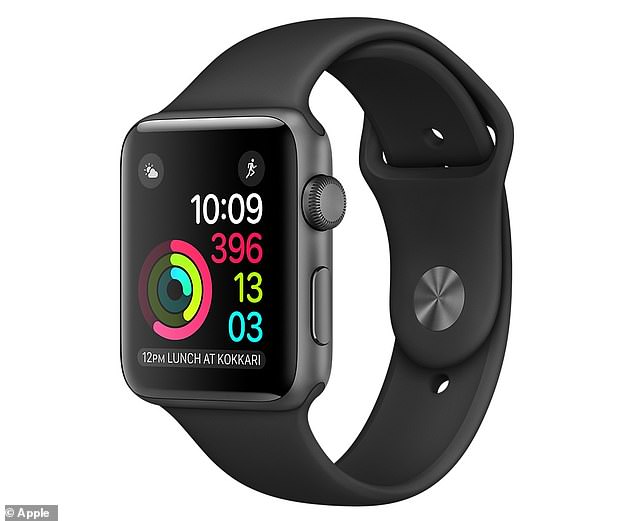
After a device is discarded and e-waste is warmed up, toxic chemicals are released into the air damaging the atmosphere.
E-waste in landfills can also seep toxic materials seep into groundwater, affecting animals and plants.
‘Electronic waste is the world’s fastest growing waste stream and represents a global crisis,’ said Nathan Proctor, senior director of Public Interest Research Group’s right to repair campaign.
‘Companies that use software to prevent compatible spare parts from working fully make this problem worse, while harming consumers and undermining local repair shops.’
THE TRILLION DOLLAR RISE OF APPLE
1976: Founders Steve Jobs, Steve Wozniak and Ronald Wayne created the company on April 1 1976 as they set about selling computer kits to hobbyists, each of which was built by Wozniak.
The first product was the Apple I.
1977: Apple released the Apple II in June, which was the first PC made for the mass market.
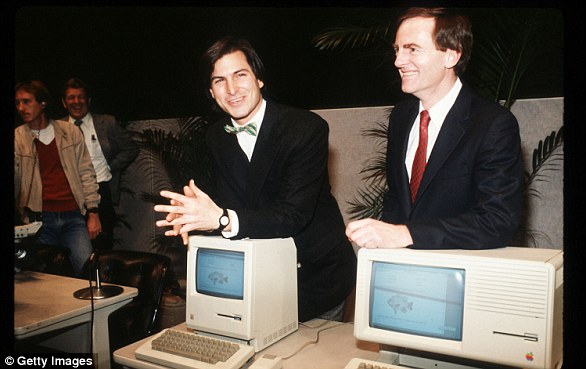
1981: Jobs became chairman.
1984: The Macintosh was introduced during an ad break for the Super Bowl and later officially unveiled during a launch event. It was discontinued a year later and Jobs left the firm.
1987: Apple released the Macintosh II, the first colour Mac.
1997: Apple announces it will acquire NeXT software in a $400 million deal that involves Jobs returning to Apple as interim CEO. He officially took the role in 2000.
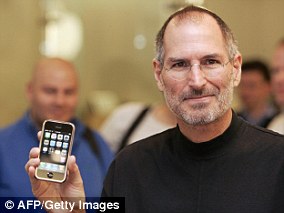
2001: Apple introduced iTunes, OS X and the first-generation iPod.
The first iPod MP3 music player was released on October 23, 2001, at an event in Cupertino and was able to hold up to 1,000 songs.
2007: Apple unveils the iPhone.
2010: The first iPad was unveiled.
2011: Jobs resigned in 2011 due to illness, handing the CEO title to Tim Cook. Jobs died in October from pancreatic cancer.
2014: Apple unveiled the Apple Watch. It also unveiled its first larger iPhones – the 6 and 6 Plus.
2015: After purchasing Beats from Dr Dre, Apple launched Apple Music to compete with Spotify and other music streaming services.
2016: Apple returned to its roots and announced the 4-inch iPhone SE. Meanwhile, the firm is embroiled in a legal battle with the FBI, involving the agency demanding access to the locked phone used by Syed Farook, who died in a shootout after carrying out a deadly December attack in San Bernardino, California with his wife. The court order was dropped on March 28 after the FBI said a third party was able to unlock the device.
2017: Apple introduces the iPhone X, which removes the home button to make way for a futuristic edge-to-edge screen design and a new FaceID system that uses advanced sensors and lasers to unlock phones with just the owner’s face.
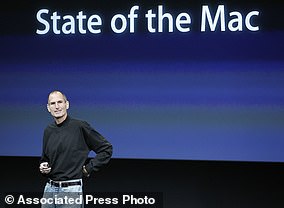
2018: In a first for the company, Apple introduces new features in its latest operating system, iOS 12, that encourage users to manage and spend less time on their devices. The move was spawned by a strongly worded letter from shareholders that urged the firm to address the growing problem of smartphone addiction among kids and teenagers.
2019: In January, Apple reports its first decline in revenues and profits in a decade. CEO Tim Cook partly blamed steep declines in revenue from China.
2020: In March, Apple closes all its bricks and mortar retail stores outside of China in response to coronavirus.
2021: In an online virtual event in April CEO Tim Cook declared Apple’s goal of becoming carbon neutral for Earth Day. Later in the year the iPhone 13 was announced.
2022: In September the iPhone 14 was announced. One of the new features included a new sensor to detect if a user had been in a car crash as well as an improved camera system.
2023: Apple brought back its ‘Home Pod’ after the first generation was discontinued. The ‘Home Pod’ can be seen as an alternative to Amazon’s Alexa or Google Home as it is powered by voice commands.
2024: Apple makes its first steps into artificial intelligence with the release of Apple Intelligence. The features are not all released at once with many delayed until the following year.








